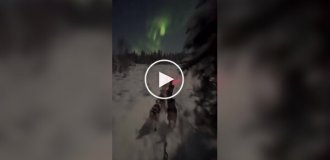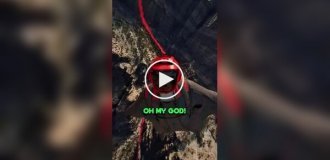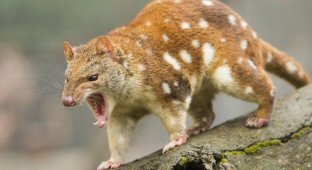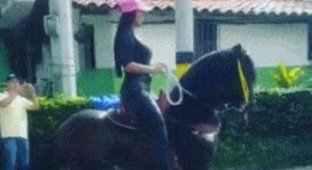8 amazing facts about the bilby, the most unusual animal in Australia (9 photos)
Imagine a creature with rabbit ears, kangaroo legs, and a bandicoot nose. This is the bilby, a small marsupial that has become a symbol of conservation. 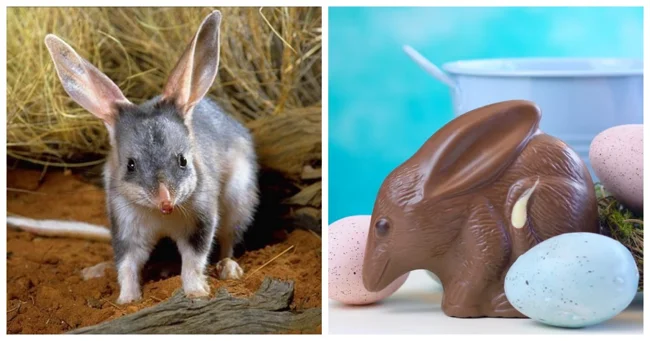
His incarnation has even been to the top of Everest. But what else makes this little animal so special?
1. The Bilby Has Many Names 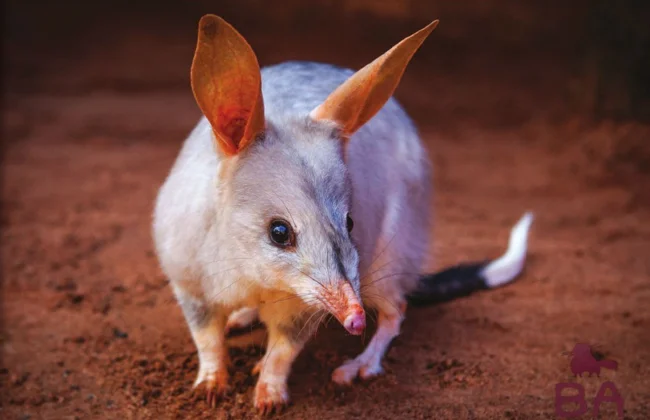
The word "bilby" comes from the Yuwalarai Aboriginal language and means "long-nosed rat." But that's not its only name. The animal's official name is the Greater Bilby (Macrotis lagotis), because there used to be a Lesser Bilby (Macrotis leucura), which unfortunately became extinct in the 1950s.
The bilby is also known as the Rabbit Bandicoot and Dalgait.
2. They are not living in the desert by choice 
Bilbies used to inhabit 70% of Australia, but due to human activity, introduced predators (foxes and cats), and competition with rabbits, their range has been reduced to 15%. Now they are found only in remote areas of Western Australia, Queensland, and the Northern Territory.
Conservation groups are trying to reintroduce bilbies to national parks, including New South Wales, where they have not been seen for over 100 years.
3. Masters of the Underground Labyrinths 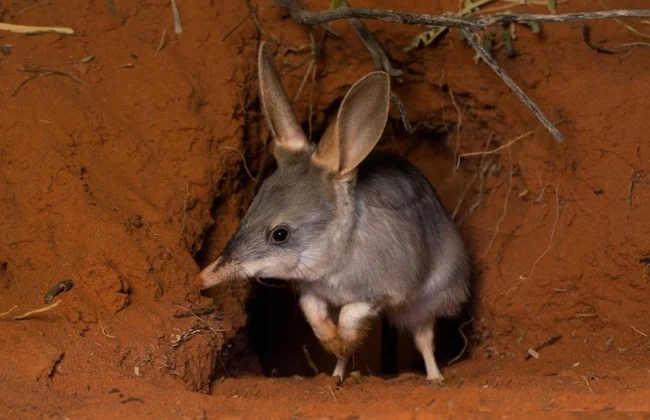
Bilbies are natural-born diggers. They dig up to 12 burrows in their territory, each up to 2 meters deep and 3 meters long. Their passages are spiral-shaped, which makes it difficult for predators to penetrate.
Interestingly, abandoned bilby burrows are often occupied by other animals, such as lizards and small rodents.
4. The females' pouch... is backwards 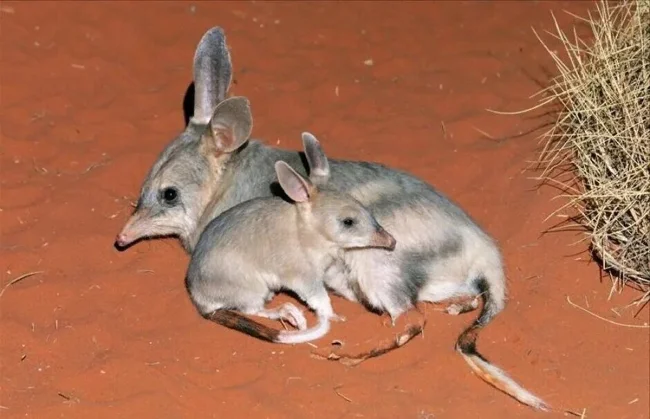
Like other marsupials, bilby babies are born tiny (after 14 days of pregnancy) and grow up in their mother's pouch. But unlike kangaroos, the bilby's pouch opens backwards - this prevents soil from getting into it while digging burrows.
5. They have poor eyesight, but excellent sense of smell 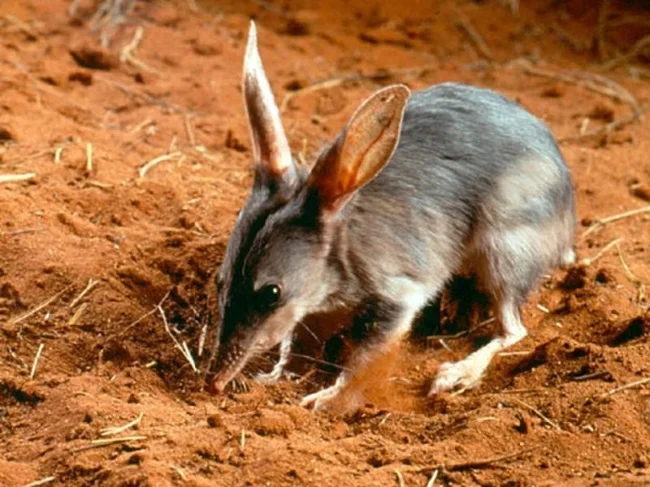
Bilbies have very poor eyesight, but incredibly keen hearing and sense of smell. They can hear and smell prey (insects, larvae, seeds) even underground.
They are also nocturnal animals, so poor eyesight does not hinder them - the animals come to the surface only an hour after sunset and return an hour before dawn.
6. Bilby instead of Easter Bunny 
In Australia, rabbits are a real ecological disaster. They destroy vegetation and displace native animals. That is why in 1991 the campaign "Bilby, not rabbits!" was launched.
The idea belongs to a girl who wrote a fairy tale about the Easter bilby in 1968. Now in Australia they sell chocolate bilbies, not rabbits, to support environmental programs.
7. A stuffed bilby conquered Everest 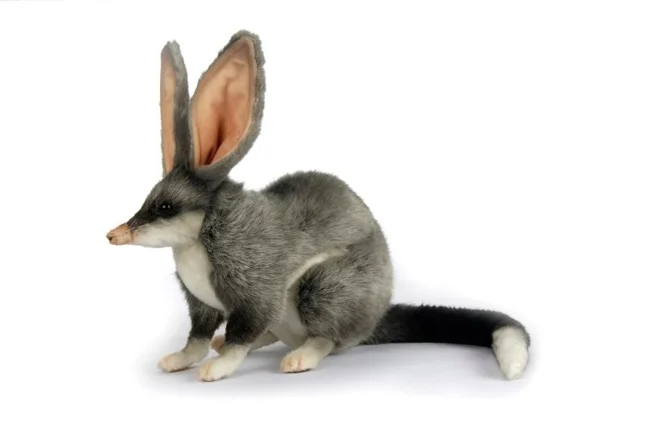
In 2004, climber Tashi Tenzing (grandson of one of the first Everest climbers) took a stuffed bilby to the top of the world. This was the wish of his Australian son, who wanted to draw attention to endangered species.
“This bilby symbolized my desire to preserve the wildlife of our planet,” Tenzing wrote in his book.
8. They've been around for 15 million years 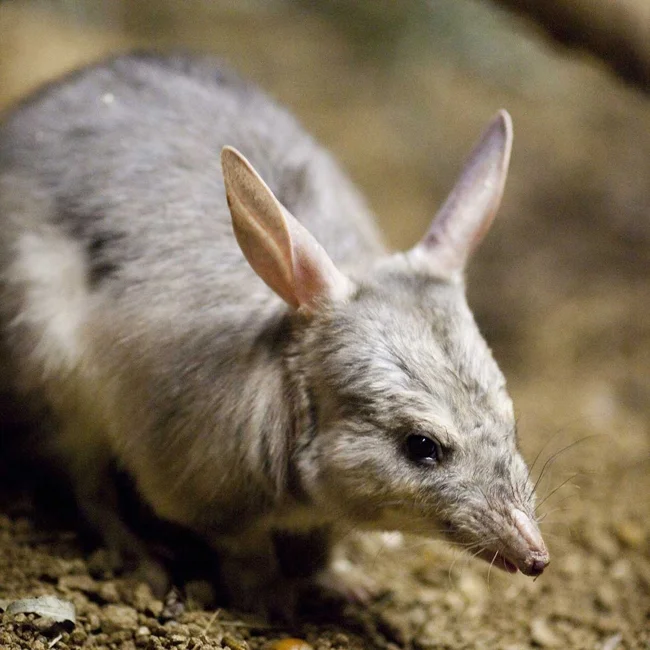
Bilbies were long thought to have appeared 5 million years ago, but in 2014, a 15 million year old fossil was found! Their ancestor was a predatory bandicoot that roamed Australia 20 million years ago.
